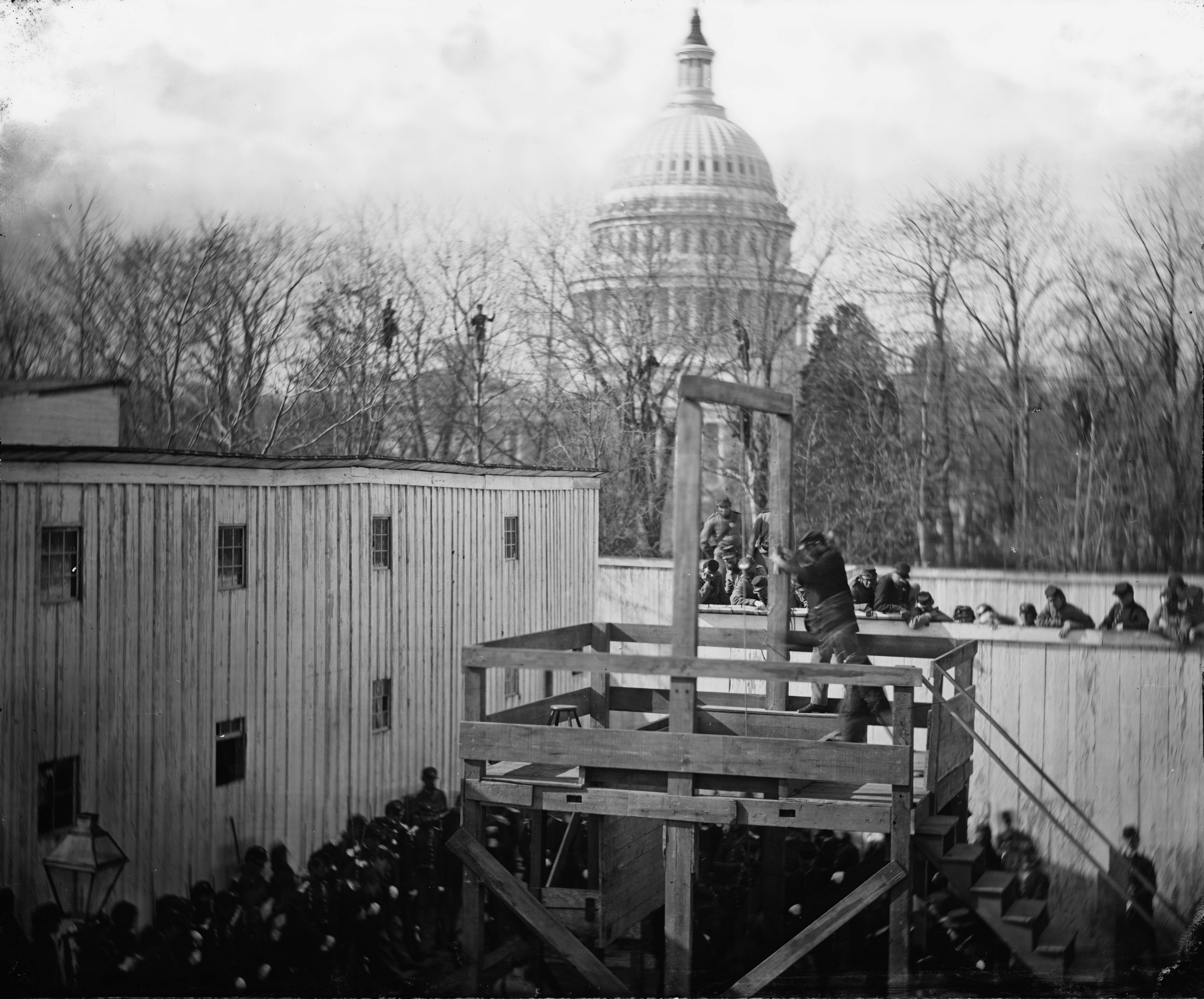Recently, I found myself in the oddest discussion. At work I began talking about hangings with someone after we had been discussing the punishments of the earlier eras. How exactly the conversation got to this point I'll never know, but suddenly we were discussing hangings.
The concept of execution by hanging has been around for centuries. It is still the go to method of vigilante mobs, and the method of execution in Japan (where in July the plotter of the Tokyo Subway attacks was executed). In concept it is remarkably simple. In its more 'scientific' form, the condemned is dropped from a height calculated to break their neck and kill them instantly. In its simplest form, it chokes off the airways of an individual via strangulation. Either way, absent intervention, you're dead.
These kinds of executions were often carried out in public, and are a staple of films for just that reason. From the classic Clint Eastwood Westerns, Pirates of the Caribbean, to the oldest films first made. Heck, the last public execution in the United States was in 1936, the execution of Rainey Bethea in Kentucky, drawing a crowd of 20,000.
Public executions were common spectacles. Going as far back as society itself to show the power of the state. They were seen, apparently commonly, as a macabre form of entertainment. It was an interesting dual purpose in keeping the masses happy and showing the power of the state in one event. An interesting example in Canada is the execution of Patrick Whelan in 1869 at Ottawa. He was accused of killing Thomas D'Arcy McGee, and it is almost undeniable he was railroaded through a trial aimed purely at establishing his guilt. Some 5,000 people turned out to watch his execution.
It is interesting that, in my hometown of Perth Ontario, we also had a series of public hangings.
The story I am the most familiar with is the hanging of Thomas Easby in 1829. Easby, whose wife and four children were found dead in the charred remains of their log cabin. Only one child survived, and with rumors flying that Easby had killed his family, he was promptly adopted by a neighboring family. The story goes that the child would beat dolls and say "This is what daddy did to mommy" or when seeing a fire built, remark something similar. This led to Easby's arrest.
He was tried and convicted, and finally sentenced to death. It led to a public holiday in Perth allegedly "Schools were closed, work of all kinds suspended, and
settlers came from all parts of the District, bringing with them their families to witness an
event which it was hoped would have a great moral influence on the community." There was a sort of carnival atmosphere I have read, and many brought picnics to witness the spectacle.
The second public hanging took place in 1851, when Francis Beare was hung in front of the court house. Apparently many 'well dressed females' were in attendance for this killing. It seems as though people were eager to see justice done. Though it is mentioned there was less of a carnival atmosphere at this execution.
Now, what I did not know, was that the last execution in Perth took place in 1910, though it was not public. Rufus Weedmark was convicted of strangling his wife in 1910, and sentenced to hang. Since public executions were now no longer allowed, he was hanged inside the confines of the county jail. Apparently a 'great crowd' gathered around the jail, but could not see anything.
These are the only hangings that took place in Perth, but at no point did they fail to draw a crowd.
It is interesting that we are drawn to such grizzly spectacles, and that we can find so much fascination in reading about them. Now, not everyone does, as the woman I was having this conversation with felt that it was rather ghastly and moved on from it. Maybe we are heading away from such fascination with it.
However, considering I've just written this piece pondering on the subject of hangings, and you're reading it...maybe not.

No comments:
Post a Comment